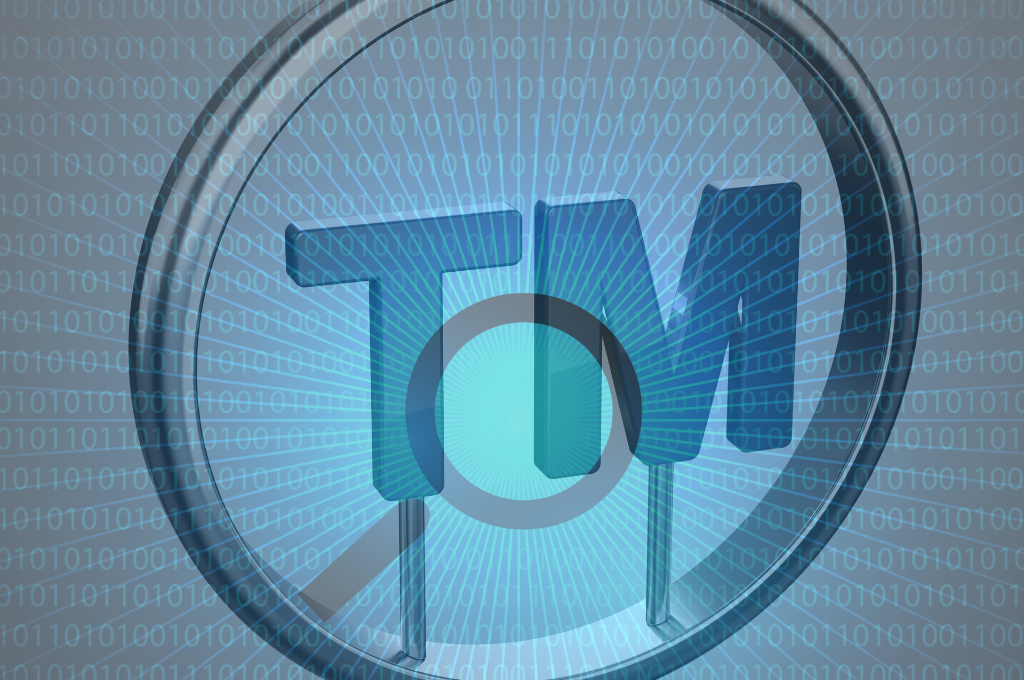In today’s global, highly competitive market, trademarks are an important asset of enterprises (listed on the assets side of the balance sheet). They protect the brand image and help distinguish company’s products and services from those of its competitors. Interestingly, and contrary to popular belief, most patent offices in the world do not investigate whether new trademark applications conflict with already registered ones. This means that it is possible to register trademarks which infringe someone else’s rights, unless the holder objects. However, in order to respond effectively, you need to know that a similar or identical mark has been registered. That’s why trademark monitoring is an essential tool in both intellectual property (IP) protection and the implementation of a broad business strategy.
What happens if you do not monitor your trademarks?
Lack of monitoring may lead to serious consequences. If a competitor registers a trademark similar to yours, consumers may be confused, the brand’s market position may be weakened, or even it may lose its reputation. Moreover, if you don’t respond early enough, you may lose the ability to effectively enforce your rights in the future. Below are some real-life examples.
A small tech start-up unwittingly allowed a larger company to register an almost identical trademark in another country. When the start-up decided to enter this market after a few months, it turned out that it could not use its own name in a given country.
Another well-known story is about a global beverage manufacturing company. The company did not monitor trademarks and it was too late when it discovered that the local distributor had registered an identical logo for its benefit. The effect was a costly and risky legal battle to recover the trademark.
How does trademark monitoring work?
Monitoring allows for early detection of potentially conflicting trademark applications. Thanks to the monitoring of trademarks, rightholders are informed about new applications that may interfere with their trademarks. In our law firm, when offering our clients a monitoring service, we use software from reputable suppliers that searches local and international databases for similar trademarks.
However, technology alone is not enough. Expert analysis plays a key role. Patent attorneys and intellectual property professionals analyse search results, filter out irrelevant data, and identify those trademarks that pose a real threat. We assess not only legal similarities but also the market context, linguistic nuances and strategic risks.
What’s important, effective trademark monitoring requires a profound understanding of our customers’ operations, portfolios, growth plans and market strategy. Only after a thorough analysis of all the data, a patent attorney can recommend monitoring a new application, start negotiations, or send a warning letter or submit an objection.
The key role of trademark monitoring in business
In conclusion, trademark monitoring is not only an important element of intellectual property (IP) protection, but above all it is a key element of business strategy. It is a proactive defence mechanism and a tool for strategic brand management. In a situation in which the majority of patent offices do not verify new applications whether they are similar to existing trademarks, the responsibility lies with the rightholders.
Monitoring trademarks while using the right combination of technology and expert knowledge allows you to effectively protect your brand, avoid costly disputes and support development of your business in accordance with the law.



